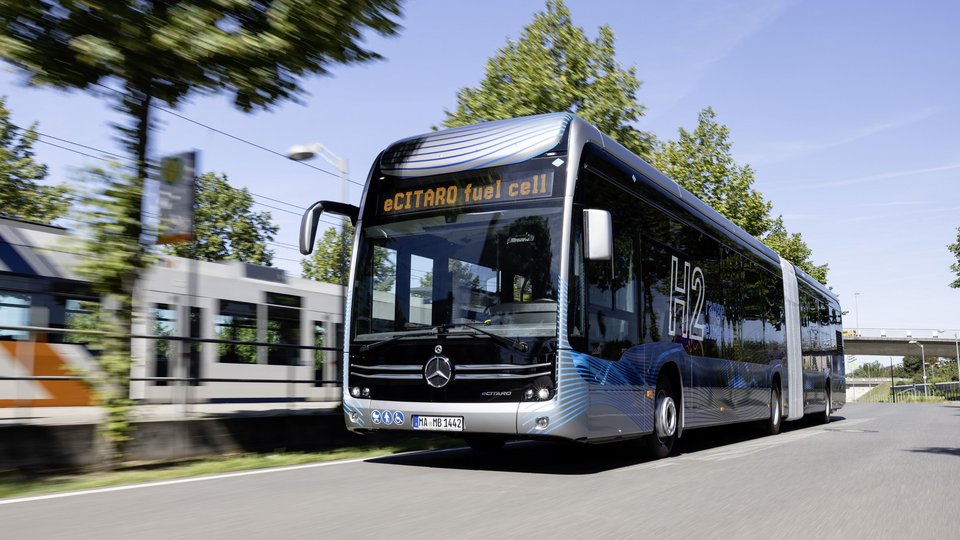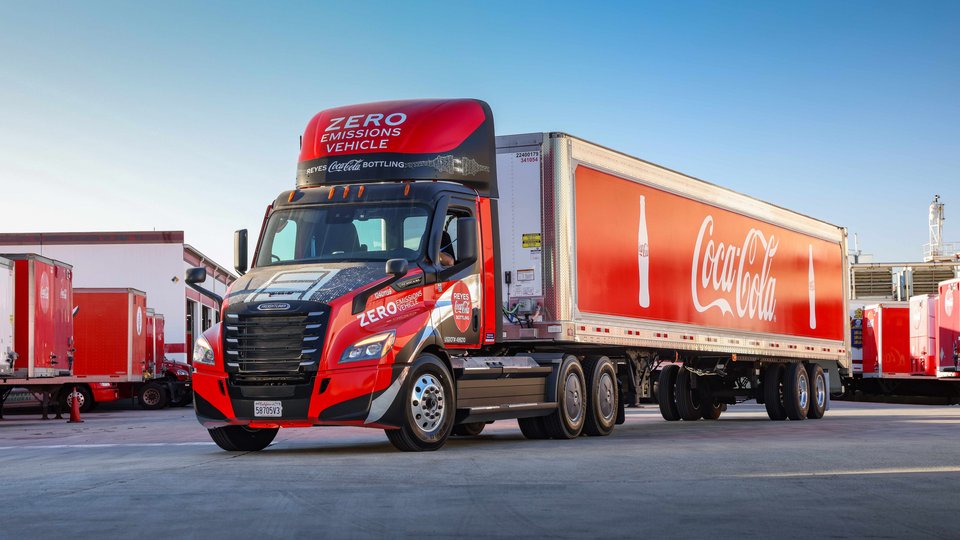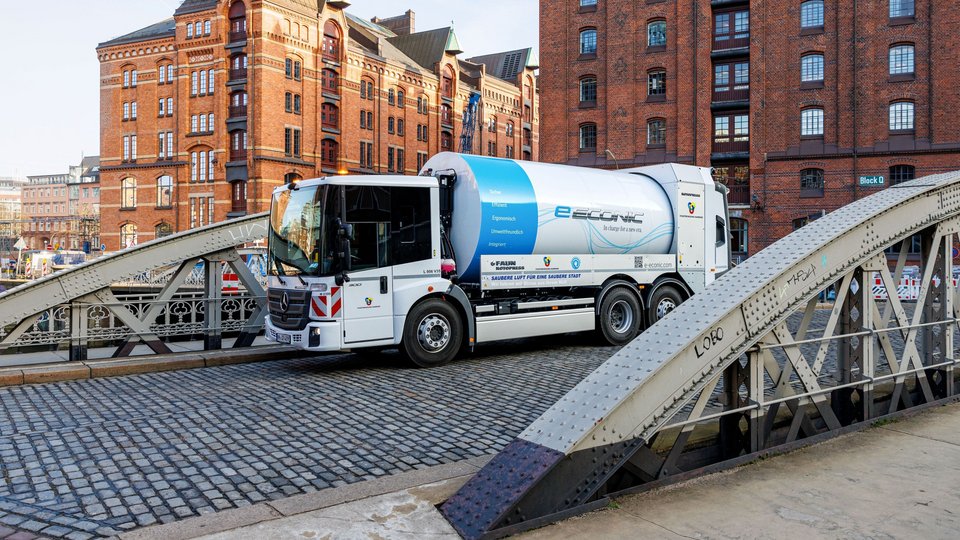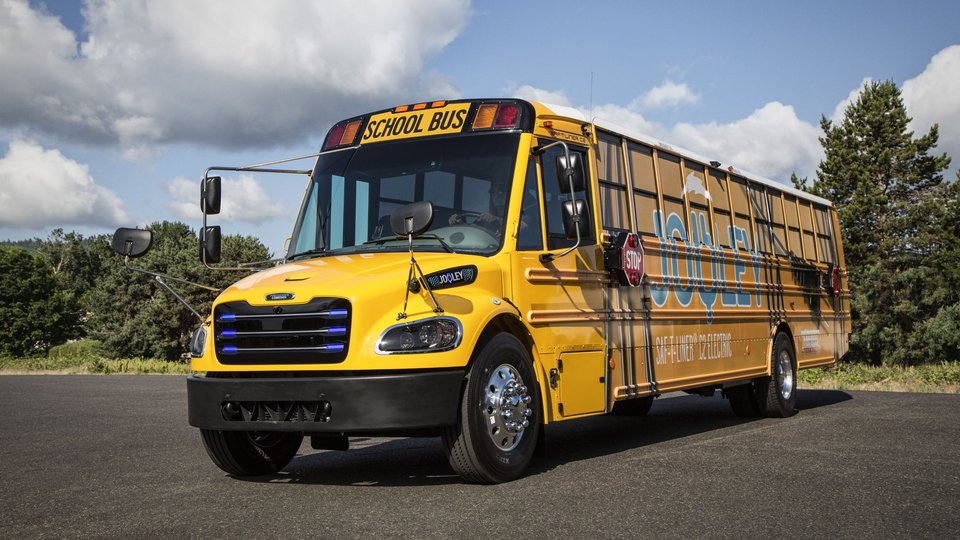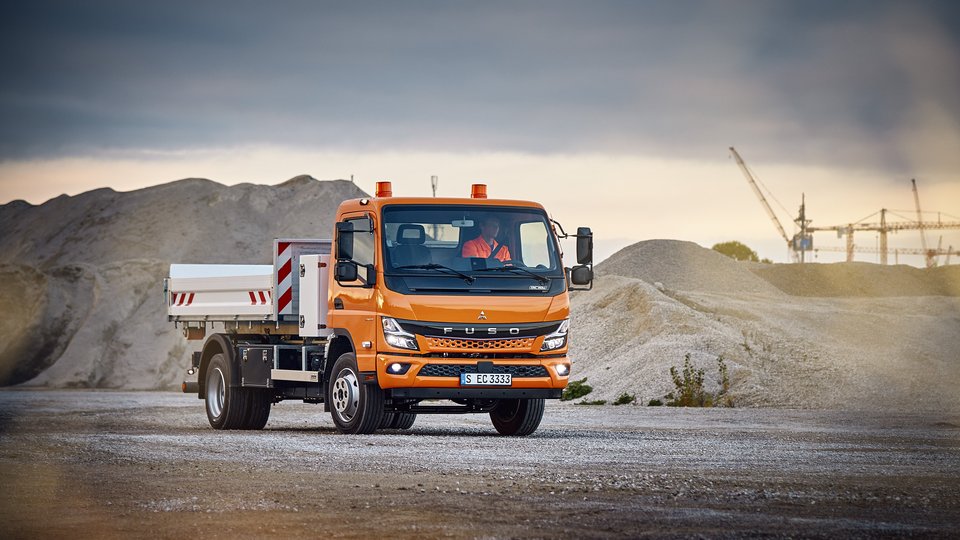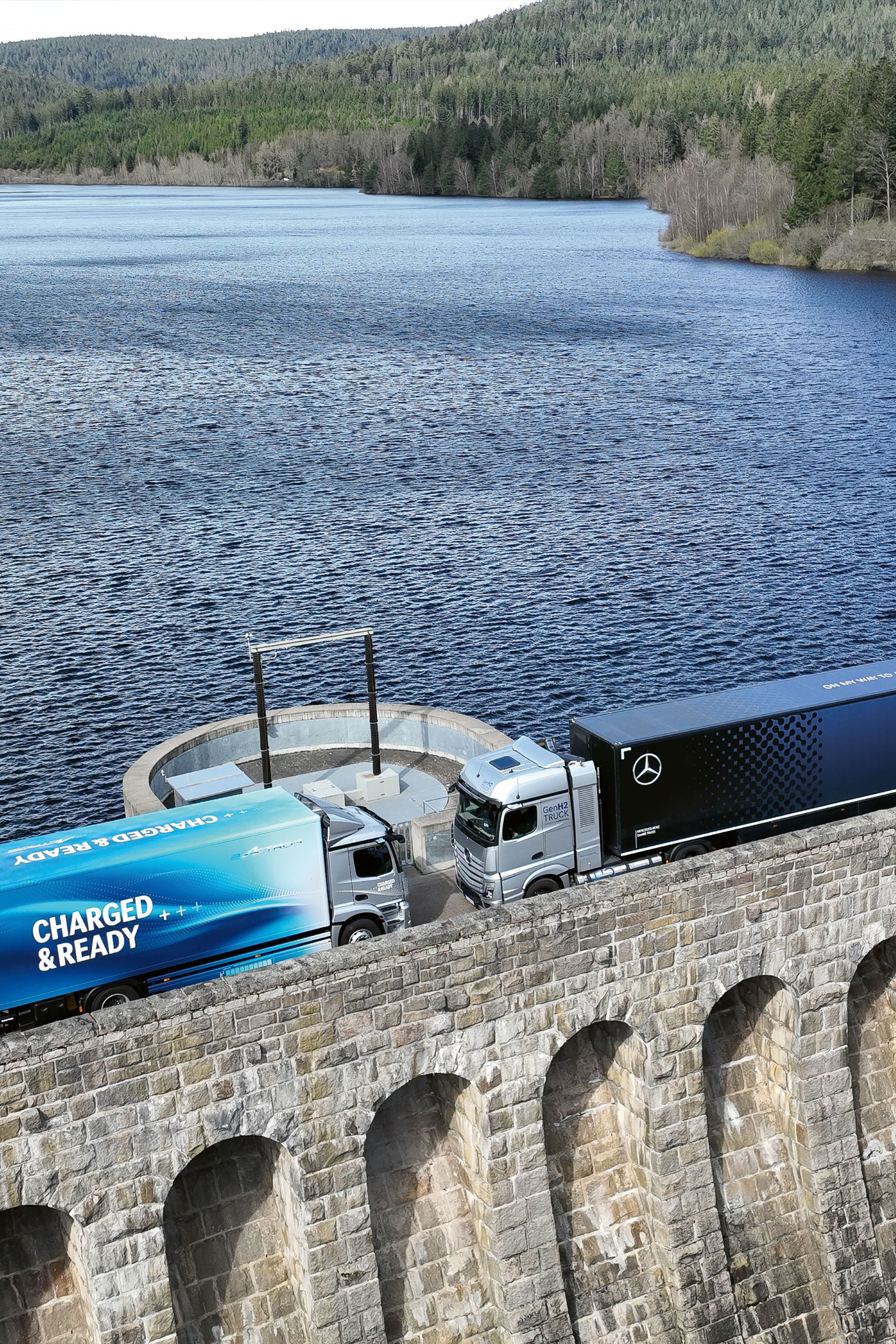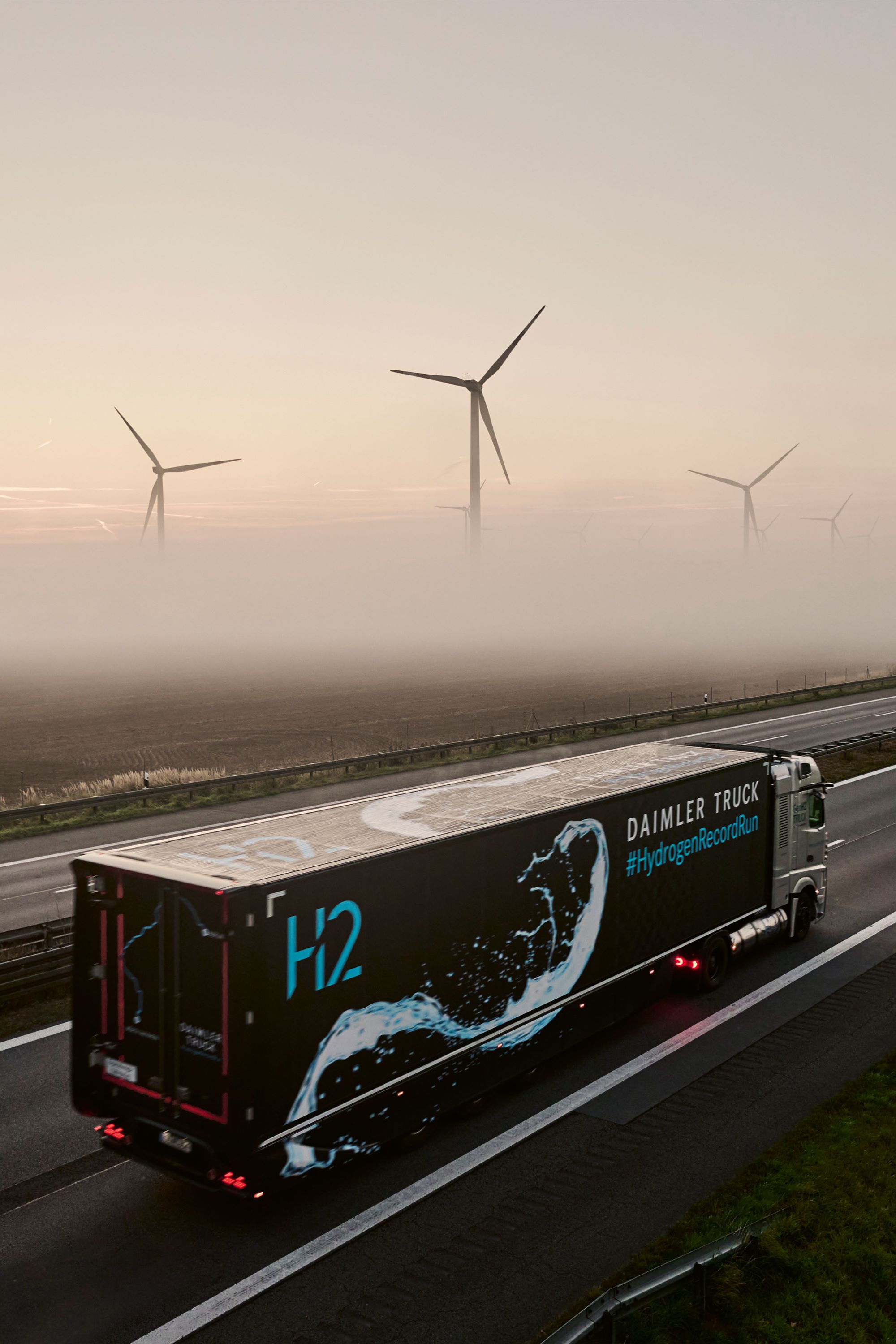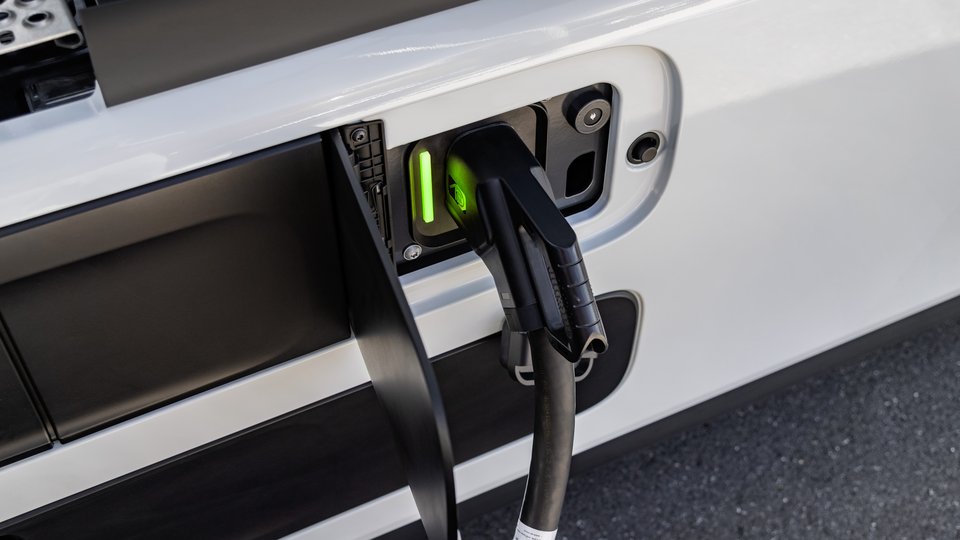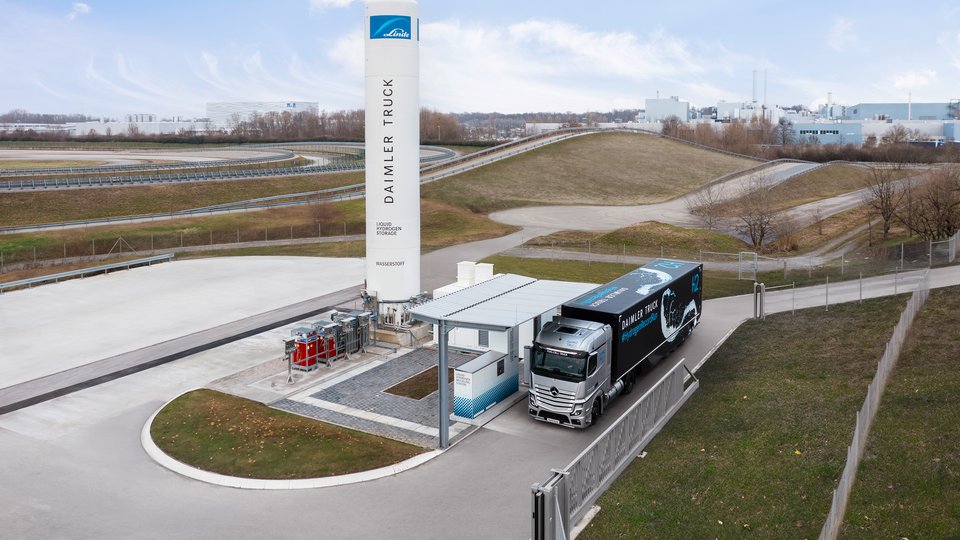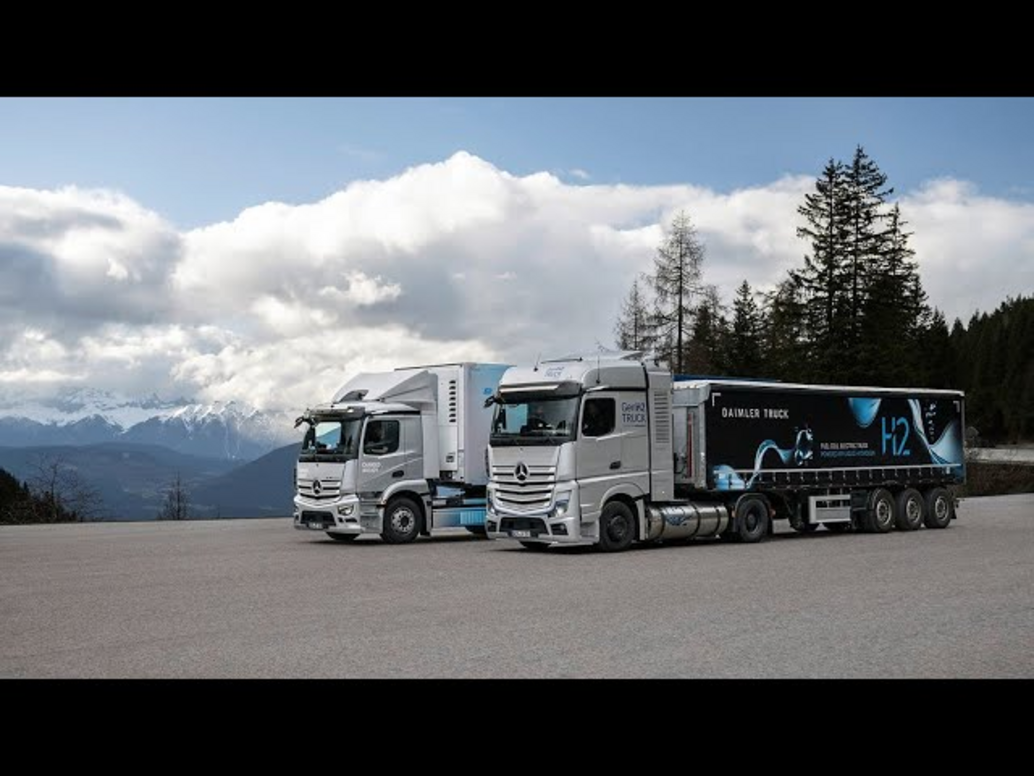Never change a running system
Customers do not buy trucks for fun. Unlike cars, no one takes a truck for a weekend joyride. A truck is an investment good that must earn money for its owner. Therefore, buying a truck is an investment decision. This brings me to the second factor in the equation of decarbonizing transport: Cost parity.
The formula is simple: As long as operating diesel-powered trucks and buses is more cost-efficient than operating battery-electric or hydrogen-based ones, the majority of customers will always stick to diesel. For a good reason, they will not change their running system. Well, what does it take to change it?
Buying a truck means calculating what is known as “Total Cost of Ownership” (TCO). One important cost item is the purchase of the truck – and purchasing a battery-electric truck will always be more expensive than a diesel truck. One example: For the foreseeable future, a 600 kWh battery powering a long-distance truck will involve about twice the material cost compared to the main components of a diesel drivetrain. Thus, the operating cost of the ZEV will have to beat the diesel truck by far to make a viable TCO case. Besides paying the driver, the most significant cost item is fuel.

